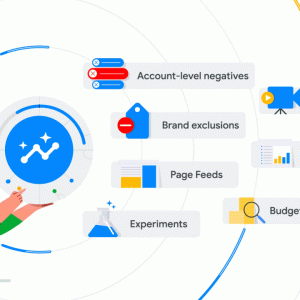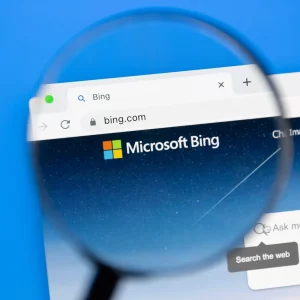
In the ever-changing landscape of organizations, navigating the choppy waters of risk is an essential skill. But managing risk isn’t just about identifying potential pitfalls; it’s about effectively communicating those risks to stakeholders, fostering trust, and building a culture of resilience. This is where the art of risk communication comes in, and risk management speakers act as skilled navigators, guiding organizations through the complex terrain of clear and impactful communication.
This article delves into the world of effective risk communication, drawing insights from the expertise of risk management speakers. We’ll explore key strategies, practical tips, and common pitfalls to avoid, equipping you with the tools to bridge the gap between risk identification and informed decision-making.
Understanding the Landscape of Risk Communication:
Before diving into strategies, it’s crucial to understand the landscape of risk communication. Here are some key aspects to consider:
- Audience: Who are you communicating with? Tailoring your message to their level of understanding and risk tolerance is essential.
- Channels: Choose the right communication channels to reach your audience effectively. This could be face-to-face meetings, emails, reports, or even social media.
- Transparency: Be transparent about the risks, but avoid creating unnecessary fear or panic. Strike a balance between honesty and maintaining confidence.
- Timeliness: Communicate risks promptly and proactively. Don’t wait for a crisis to hit before informing stakeholders.
- Feedback: Create a two-way communication channel where stakeholders can ask questions and express concerns.
Strategies for Effective Risk Communication:
Now, let’s explore some proven strategies for effective risk communication, as highlighted by risk management speakers:
1. Simplify and Clarify:
Technical jargon and complex language can be alienating. Use clear, concise language that your audience can easily understand. Avoid acronyms and technical terms unless absolutely necessary, and explain them if you must use them.
2. Focus on the Impact:
Don’t just list risks; explain their potential consequences in terms that resonate with your audience. Highlight the impact on business goals, finances, reputation, or even safety to grab their attention and encourage engagement.
3. Use Storytelling:
A well-crafted story can be a powerful tool for conveying risk information. Share real-life examples of past incidents or case studies to illustrate the consequences of ignoring risks. This makes the message more relatable and memorable.
4. Embrace Visuals:
Data visualizations, charts, and infographics can be incredibly effective in presenting complex risk information in a clear and digestible way. Visuals help people grasp the magnitude of risks and their potential impact.
5. Encourage Dialogue:
Don’t deliver a one-way monologue. Create a space for open discussion and encourage questions. This fosters trust and ensures everyone is on the same page. Actively listen to concerns and address them promptly and transparently.
6. Be Proactive and Positive:
Focus on solutions, not just problems. While acknowledging the risks, emphasize the organization’s commitment to mitigating them and building resilience. Present a clear plan for managing the risks and outline the steps being taken to address them.
7. Leverage Technology:
Utilize risk management software and communication platforms to streamline risk communication processes. This can facilitate data sharing, collaboration, and real-time updates, ensuring everyone has access to the latest information.
Common Pitfalls to Avoid:
Even the most seasoned communicator can fall prey to certain pitfalls. Here are some common mistakes to avoid in risk communication:
- Downplaying risks: Don’t sugarcoat the situation. Be honest about the potential consequences, but avoid creating unnecessary panic.
- Ignoring stakeholder concerns: Address questions and concerns promptly and transparently. Ignoring them can erode trust and hinder effective risk management.
- Focusing on blame: Avoid finger-pointing and placing blame during risk communication. Focus on solutions and collaborative efforts to mitigate the risks.
- Over-communicating: Bombarding stakeholders with too much information can be overwhelming and counterproductive. Tailor your communication to their needs and avoid information overload.
- Underestimating the human factor: Remember that risk communication is about people, not just data. Consider the emotional impact of your message and tailor it accordingly.
Conclusion:
Effective risk communication is not a one-time event; it’s an ongoing process that requires commitment and continuous improvement. By adopting the strategies outlined above and avoiding common pitfalls, organizations can bridge the gap between risk identification and informed decision-making. This fosters a culture of transparency, trust, and resilience, empowering organizations to navigate the ever-changing landscape of risk with confidence.
Remember, risk management speakers are valuable resources in this journey. They offer not only expertise in risk identification and mitigation but also the communication skills necessary to translate complex information into actionable insights for stakeholders.










